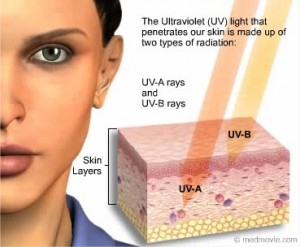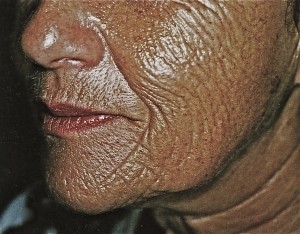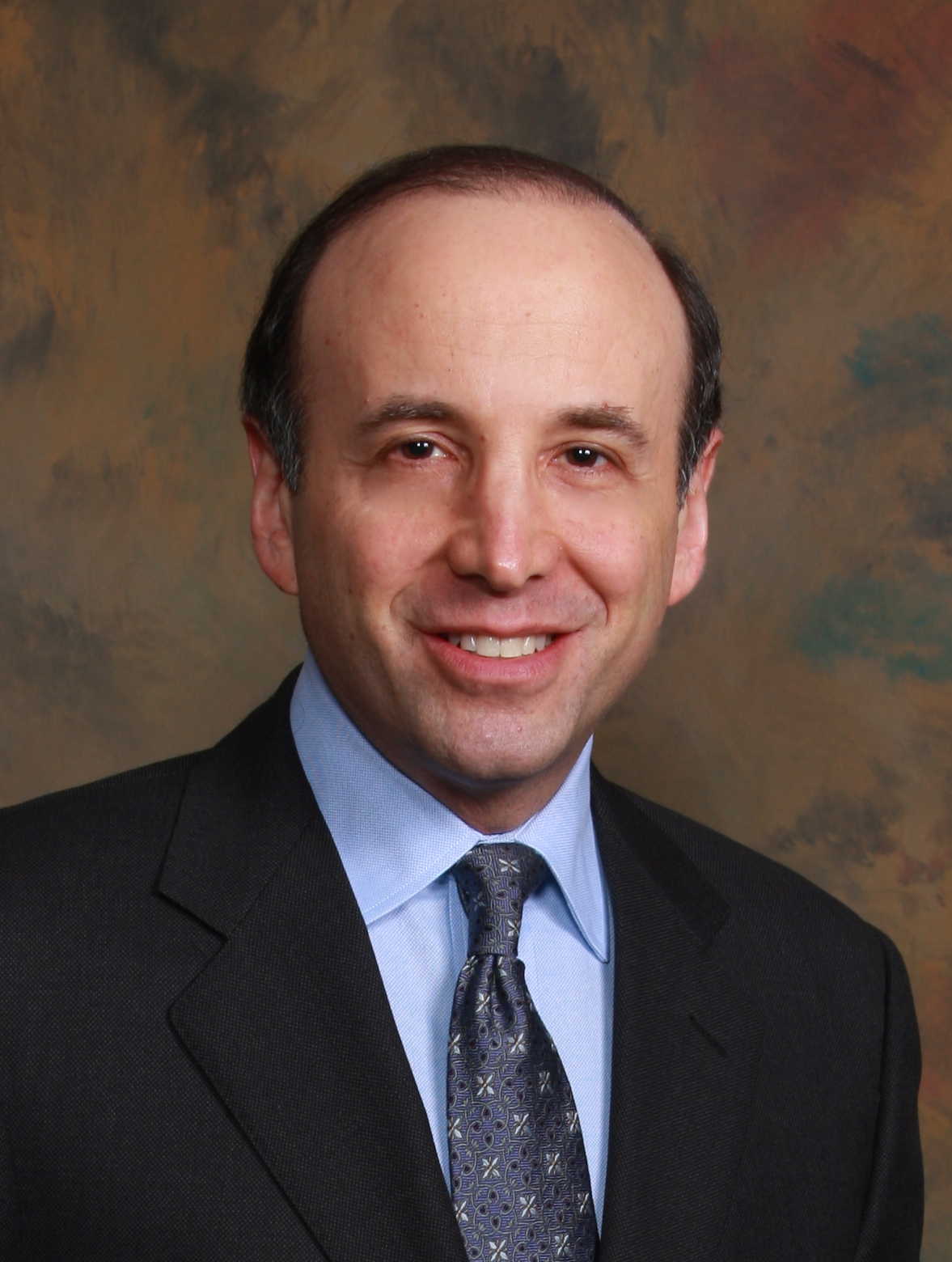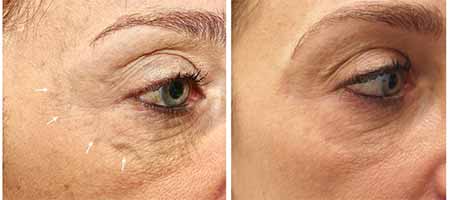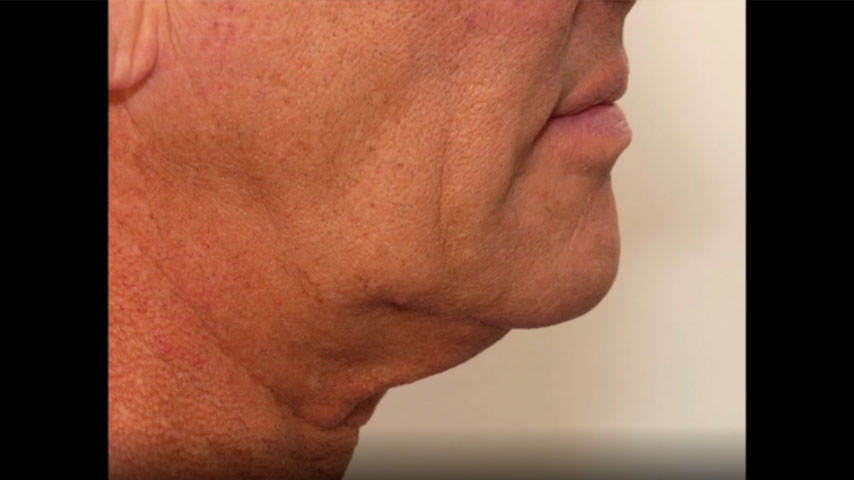As the weather continues to get warmer and we find ourselves outdoors more frequently, it becomes increasingly important to guard against the sun’s ultraviolet (UV) rays. Protecting yourself against UVA and UVB radiation will help reduce the likelihood of developing skin cancer and help prevent premature aging changes of the skin.
UV rays are the primary cause of skin damage known as photoaging and are responsible for 90% of all visible changes associated with aging. UVA rays account for 95% of all ultraviolet radiation. They are present in equal amounts throughout the day and can pass through clouds and glass. They are primarily responsible for the cell and collagen damage that leads to premature wrinkling, pigmentation, and loss of skin elasticity because they penetrate deeper than UVB rays.
Damage to the elastic fibers accumulates and the skin begins to sag, stretch, and lose its ability to snap back. Photodamage may not be noticeable in your twenties, but will start to appear in your thirties and progressively worsen.
While UVA rays are responsible for aging, UVB rays mostly affect the outer layer of the skin promoting “burns.” They are most abundant in the warm summer months during the hours of 10am-4pm, but are unable to penetrate through windows or glass. The tan or burn that follows extensive sun exposure is a marker for damage that has occurred in your skin cells. The consequences of cumulative skin cell damage over time not only produces aging changes but increases your risk of developing skin cancer by causing genetic mutations. According to The Skin Care Foundation, one in five Americans will develop skin cancer in the course of a lifetime. Over the past 31 years, more people have had skin cancer than all other cancers combined.
The good news is that UV exposure is largely preventable. The next few blogs will address the proper precautions to take, especially in the summer months ahead when UV radiation is at its strongest. If you are suffering from sun damage, we recommend visiting the skincare experts at Ringpfeil Dermatology in Philadelphia. Consult with Dr. Ringpfeil about how you can reverse the signs of sun damage and aging with their non-invasive and minimally invasive treatments.
Tags: Facial Aging
Written by Dr. Forley on May 17, 2011


